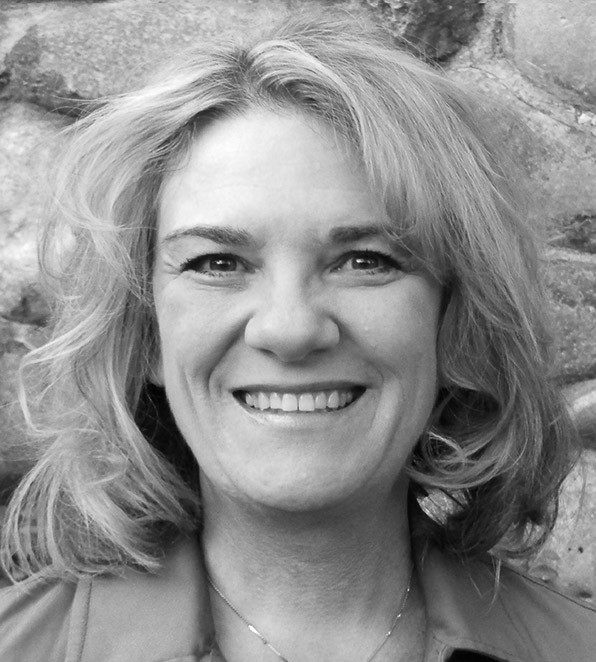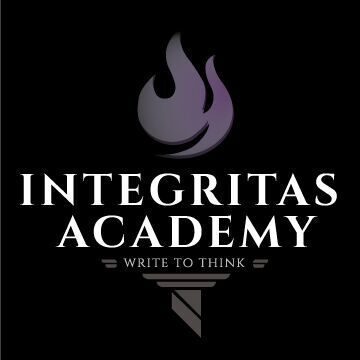
On the day I married my husband John, he couldn’t read. Today, he’s a surgeon.
We married in our early twenties. John was a classic example of a student who was “failed by the system.” Despite his high IQ, he was diagnosed as dyslexic, a label which allowed him to be passed over by the system. When he proposed to me, he was already a successful car mechanic, and managed the garage at a prestigious racetrack in beautiful Sonoma Valley. I knew that the teachers, and the psychologists, and even his own family, were wrong about him: he was not “stupid.” I knew I could teach him to read and to write.

His parents were educated, but they didn’t know how to help him. Neither did the schools. As a new teacher, it never occurred to me to doubt my ability to give him the knowledge that the rest of the world had failed to impart.
It changed our lives when he agreed to let me tutor him. For the next year and a half, every day after he came home from work, we met in front of a small blackboard in our living room, where he became literate. Some years later he entered medical practice as an orthopedic surgeon, and still enjoys practicing medicine. The truth is that John’s potential was waiting to be discovered, and once he had been given the tools to mine it for himself, he excelled.
My experience teaching John was just the beginning of my journey. Since then, I have had singular success in teaching students of all ages and types: those labeled “special needs,” those labeled “gifted,” (including AP students), and those in-between. Most have gone on to successful careers in both the STEM and humanities fields. My students have been accepted at MIT, Johns Hopkins, Hillsdale, Stanford, and many other prestigious schools.
The philosophy I have developed over the years involves three principles which have worked for John and hundreds of other students I’ve taught, no matter what their ages, interests, or personalities, so I’d like to share them:
Principle #1) All students can succeed. If a student isn’t progressing, the problem is usually mine, not the student’s. This includes students who have been diagnosed with learning problems.
Principle #2). Diagnoses by “experts” are not necessarily relevant to a student’s success and may be harmful. These assessments are often based on poor science or are misapplied. They leave the false impression that a student is not “normal” and cannot succeed, or that a student who is “gifted” must be given some magic pill to be properly challenged. Instead, listening to the parents’ views of their children’s struggles and strengths is the beginning of understanding each student’s academic needs.
Principle #3) Each student is uniquely motivated to learn. Discerning individual students’ thought processes is part skill, part art. People learn by being inspired, so finding out what makes individuals “tick” is key to teaching them. People learn through inspiration and individual guidance, rather than by impersonal prescriptives whose results have often not been validated.
As we move forward in our understanding of what it means to learn, and how each individual’s psyche perceives learning, let’s remember the basics: we are all people, and we are all made in the image of God, so we all are able to learn. Those of us who teach have the privilege and responsibility of figuring out what that means in people whose approach to the world perplexes those of us who do not see the world in these unique ways.

